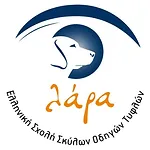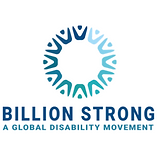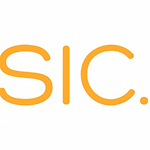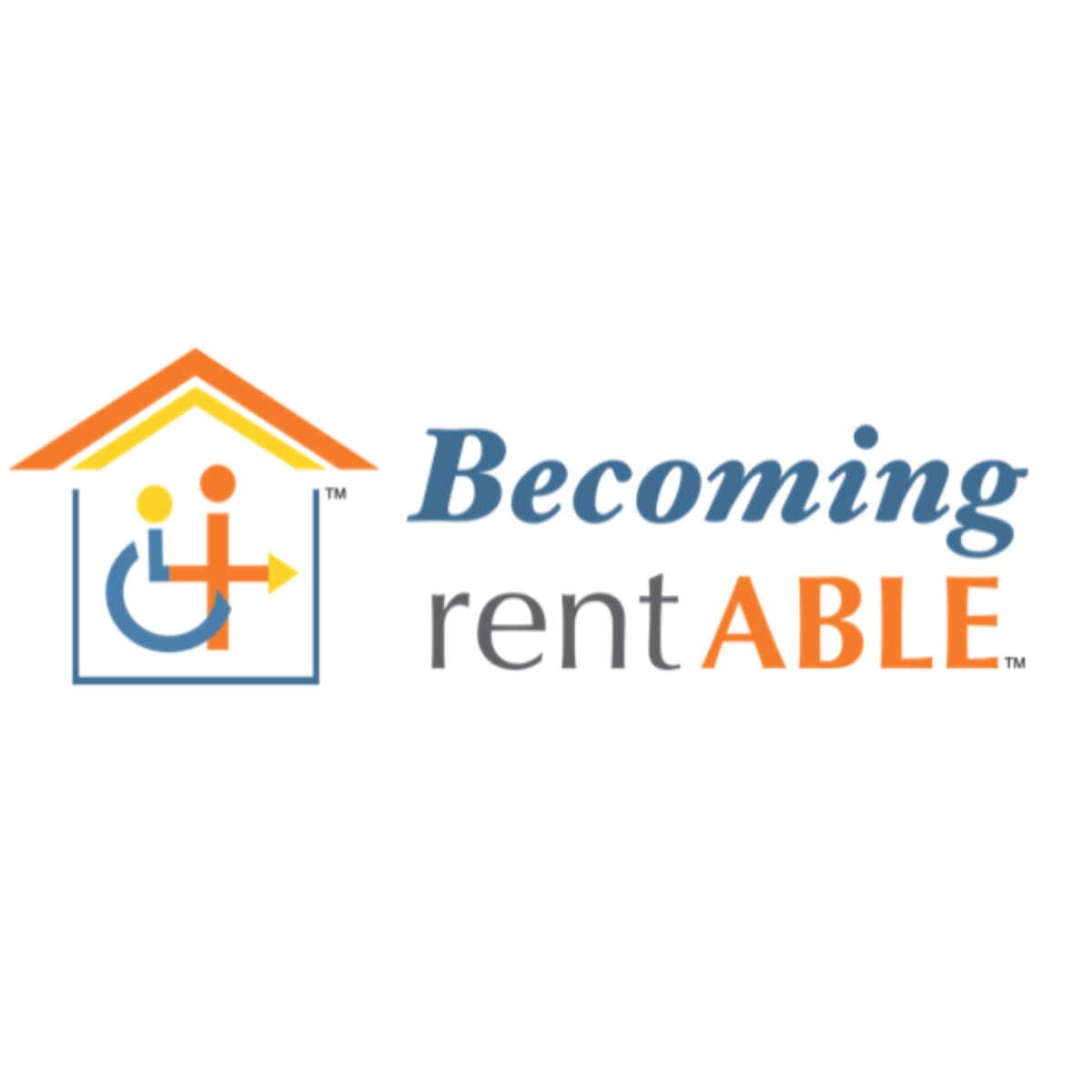How to Heal The Wounds of Ableism (And Build A More Unified Disability Community)
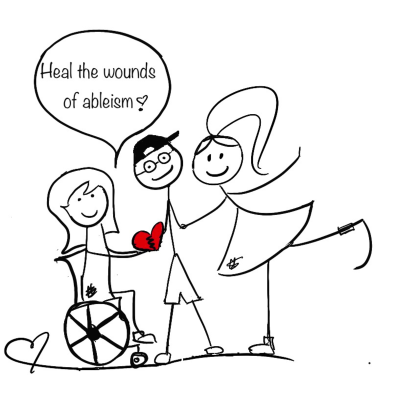
A few weeks ago, I wrote a guest blog post about how you can empower employees with invisible disabilities. I mind-mapped how I would dive deeper into the topic and write more specific posts. I was excited about it.
But somehow, my restless brain nagged.
I wanted to write something stimulating. Something heartwarming, and inspiring.
So today, I’d like to silence the whirlwind, I’d like to show you how we can heal the wounds of ableism, unite the disability community, and shape a more disability-inclusive society.
Are you ready?
Confess your internalised ableism belief
Internalised ableism belief is such a common way of thinking.
On the one hand, disabled people are viewed as broken victims to be loved, taken care of, and protected from harm.
On the other, they're seen as people who receive too much kindness and social protection.
I have a friend, who for the last 6 years, has been trying to educate her workplace about blindness and guide dogs.
She says:
"It's been an excruciating long journey. People just don't seem to understand that being blind doesn't mean I'm helpless. I try to explain how my guide dog helps me but still many fellow employees look at me feeling sorry. "
One of my clients says:
"It stresses me out to talk about my chronic illness in public because people jump to the conclusion that I'm cheating the system."
As you can imagine, both beliefs are traumatizing, and if you've been surrounded by ableist ways of thinking, it's only natural that you've internalized them to some extent.
But that's not all.
In my experience, disabled people within the disability community have a yucky habit of letting their internalised ableism run wild.
I know I have.
For example, I remember family telling me:
"You'd forget your head if it wasn't attached to your shoulders."
Teachers would say:
"Stop twirling your hair. Why can't you just sit still like the other students..."
So, I grew up thinking I'm not good enough, I don't fit in, and I learned it's best to control this behaviour so that people don't think I'm weird...or different.
This belief is damaging. This kind of assumption is limiting, and it leaves us feeling bad about ourselves.
If you’ve been wondering how to end ableism, the first step is recognising it in you, coming to peace with it, and letting go.
And this is exactly what these two captivating disability-inclusive souls are doing.
Celia Chartres-Aris (Née Hensman) and Jamie Shields are the co-founders of Unlearning Ableism, and they've launched a LinkedIn live series that explores ableism in a safe, open space.
In each episode, they're joined by wholesome guests sharing their own journey with ableism. The perfect space for everyone to learn, ask questions, and connect.
Embrace disabilities different from your own
I think you'll agree with me when I say, not only do we discriminate against ourselves and see our disability as something to be ashamed of–we don’t always trust people who seem less disabled than us.
What do I mean?
Let me explain with an example.
My son was desperate to use the toilet in our favourite cafe but they were all occupied. After telling me he couldn't wait any longer, I told him to use the accessible toilet.
When he walked out he was met by a very shocked and annoyed man who insisted he looked too healthy to be using the toilet for disabled people.
Of course, at the not-so-grown-up age of 11, my son stood staring at the man feeling sorry.
What's happening here?
First of all, my son was judged based on his appearance. The man saw a 'healthy-looking' boy with no assistive device and assumed my son wasn't disabled.
This behaviour leaves us struggling, and our chances of achieving genuine disability inclusion and collaboration are as thin as a vegetarian (like Moi) at a barbecue in Texas.
But if the man took the time to ask, he'd realise my son does have a disability. More important than that he'd have the opportunity to strike up a meaningful conversation that would help him grow, and make a disabled boy feel good about himself.
So, how can we bridge the gap?
To truly unify our disability community we need to be mindful of the discrimination toward ourselves, and start identifying our own ugly prejudice towards people with disabilities that are different from our own.
In the example above, I gently explained my son is disabled. He has epilepsy. He's also an Autistic ADHDer (as he likes to call himself), and has dyslexia.
And, although he isn't a wheelchair user, he has every right to use the disabled toilet.
Sure, if he didn't reeeealy need to use the toilet, our first choice would have been the non-disabled toilet because as he says:
"Mom, that sign shows a person in a wheelchair. I don't have a wheelchair."
I'll let you think about that.
Give equal priority to accessibility
Another factor to consider is the degree of ableism.
Because ableism also depends on the workplace setting and the type of disability.
According to the 2023 study from the Economic and Social Research Institute, employers are more likely to hire a candidate with a spinal disorder than a candidate with an anxiety disorder.
So, how can we change this?
How can we erase our ignorance toward disability?
One way is by creating accessible designs, products, and services with equal priority.
For example:
- Design your building to be accessible for a wheelchair user.
- Include braille descriptions and tactile lines for a blind person.
- Create calm spaces for neurodiverse people.
- Offer a deaf interpreter for deaf people.
Now, this list isn’t complete but the idea is to extend the value of human welcome to include the needs of every disability group.
Why is this important?
For starters, when we open ourselves up and empathise we allow ourselves to grow. We become better humans. And, we make the world a more inclusive home for all.
One of my favourite ways to do this is WelcoMe.
WelcoMe is a unique online solution founded by Gavin Neate. Gavin is on a mission to make the world see everyone as equal and he believes it all starts with our first interaction with another person.
So, in 2017 he launched the proximity-based staff awareness of disability with WelcoMe.
Like a kind friend, WelcoMe lets disabled visitors communicate with service teams before they arrive at their location. This means disabled visitors know they'll meet someone who understands their needs.
But it gets better.
While disabled people get the help they need at that moment, they're also encouraged to leave home, and become a more active part of society. This makes them feel more independent, more appreciated, and gives them a sense of belonging.
That's when the most amazing thing in the world happens.
As businesses support disabled people, and become more trustworthy and happy destinations, disabled people begin to see themselves in a new light.
A light that says, society might not be perfect, but I am.
Bridge the socio-economic disability gap
Did you know that if you’re a white, male, heterosexual disabled person you’re more likely to be accepted and included in non-disabled society?
On the other hand, if you’re a black, woman, and LGBTQ+ disabled person, well, not so much.
Furthermore, a recent study from the Economic and Social Research Institute reports that mental health conditions, intellectual disabilities, and autism are judged more negatively than physical or sensory disabilities.
It also showed that physically disabled women are judged more negatively than physically disabled men regarding having relationships.
These hostile gaps are like the flu; one person brings the bug and ten other people catch it.
But that’s only half the story.
If you’re a disabled person with a stable income — a grand education, and a fool-proof employment experience — you’re more independent, more cherished, and less vulnerable to ableism.
But, I hate to break to ya...
Most disabled people aren't independent, cherished, or strangers to discrimination.
In fact, according to Gitnux Market Data Report 2023:
- In the European Union, 47.4% of disabled people aged between 20 and 64 are employed, compared to 72.5% of those without disabilities.
- The unemployment rate for disabled people in the UK has remained almost twice as high as the rate for non-disabled people over the past five years.
- In the US in 2021, 21% of people with a disability participated in the labor force, compared to 67% of people without a disability.
So how can you bridge the hostile socioeconomic gap?
Try to practice disability inclusion within the disability community.
If you’re disabled and safely integrated in society think about how other disabled people live, and how you can support their disability-inclusive journey.
What do I mean?
For starters, we can unite our collective voices and support each other.
And, that’s exactly what this unique organisation does.
Billion Strong is a global network created to bring the billions of voices of people with disabilities together to build a positive disability identity, fight for our rights, and support our efforts in creating a more disability-inclusive world.
If you're a business, you can make reliable efforts and genuinely include marginalized and economically underprivileged disabled people and go beyond just recruiting. Do what it takes to empower their full participation.
Unlearn ableism and renew your faith in the disability community
What if, for today, you choose to believe you can let go internalised ableism?
What if, for today, you choose to believe you can embrace disabilities that are different to your own?
What if, for today, you choose to believe you can give equal priority to accessibility?
And, as the day ends, you choose to believe these values and beliefs are more than enough for one day.
And, what if, tomorrow, you choose to believe all over again?
It’s up to you.





